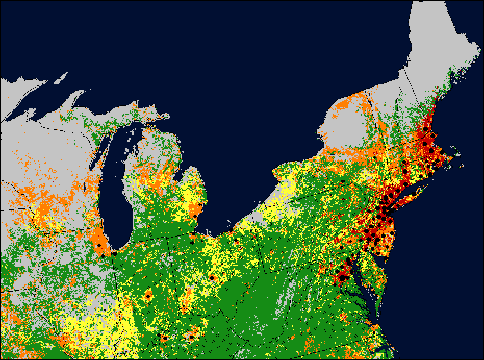
Geotimes Home | AGI Home | Information Services | Geoscience Education | Public Policy | Programs | Publications | Careers

 Earth scientists
are stepping into the frontlines of the public health community’s fight to
track, understand and prevent West Nile virus. Using satellite data, researchers
at the National Aeronautics and Space Administration (NASA) are changing the way
outbreak experts look at the disease.
Earth scientists
are stepping into the frontlines of the public health community’s fight to
track, understand and prevent West Nile virus. Using satellite data, researchers
at the National Aeronautics and Space Administration (NASA) are changing the way
outbreak experts look at the disease. |
Geotimes Home | AGI Home | Information Services | Geoscience Education | Public Policy | Programs | Publications | Careers |